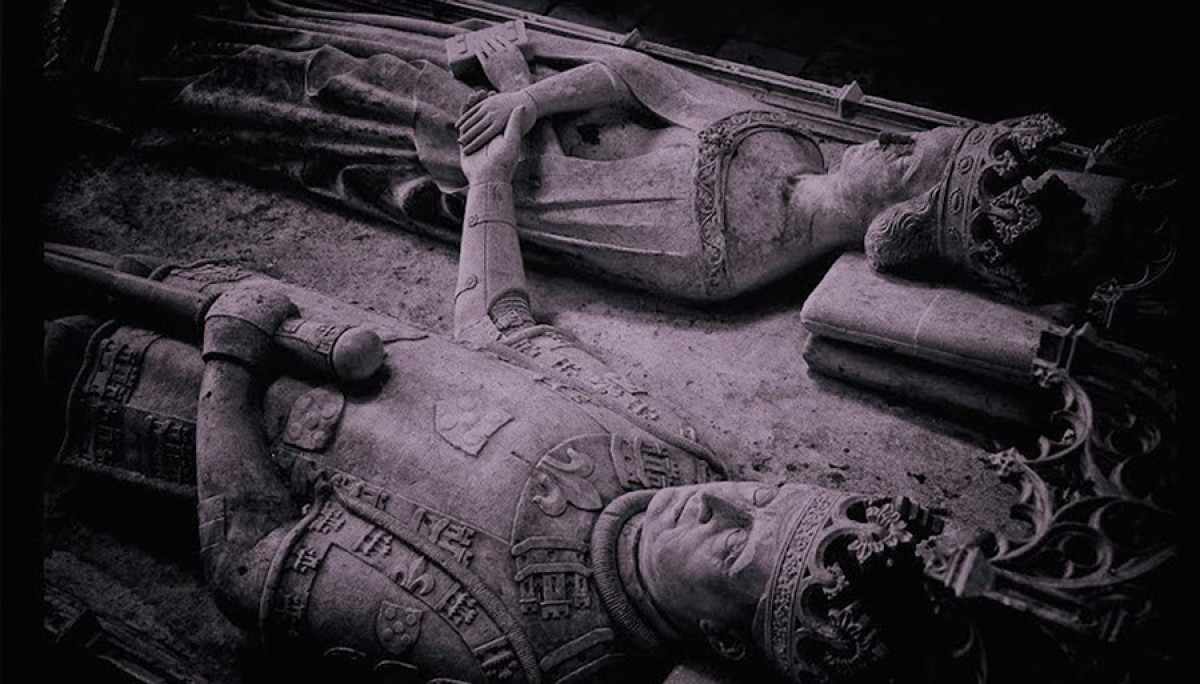
Photo:Tomb of D. João I and D. Filipa de Lencastre – António Barreto
"If it’s not there, in the image that you see, it is not worth trying to justify it. If it’s there, it vindicates itself", wrote António Barreto in 2010 about the meaning of photography, that "necessary act of voluntary loneliness" that he has practiced passionately, as a hobby, for more than fifty years. The truth is that the Portuguese sociologist, who returned from political exile in Switzerland in 1974, after the fall of the portuguese dictatorship of Estado Novo, was able to show what is there and no one has ever seen.
Invited by the director of the Monastery of Batalha, Joaquim Ruivo, to photograph one of the five most visited monuments in Portugal – and the only one that represents the affirmation of the creation of the country as an autonomous State and of a definite identity –, the investigator traveled through corridors and rooms, walked on his knees and crane, saw above the gaze and below the ground, until he was surprised, himself, with the revelation: people of Batalha that no one had ever seen. People standing in shadows and columns, gargoyles and tombs. And people who made the history of Portugal. It is the case of an inaccessible stone sculpture of D. Filipa de Lencastre hand in hand with King D. João I. The two give the right hand, rare case in the world.
Barreto discovered sculptures eight to ten centimeters high all over, and still dozens of faces and bodies carved or graffiti on the stone that show "scenes of extremely eroticism, couples in almost copulation, genitals of man and woman carved in stone, in a kind of irreverence and connection between sacred and profane that was made 500 years ago and today would not be done", he explained. And he also discovered some reasons why the people of Batalha live or are there: "Love and equality, feast and prayer, sin and virtue, delight and fear."
"Gente da Batalha", in its usual black and white language, has been on display since June in the Chapel of the Founder of the Monastery and will remain there for a year. It materializes under the European Year of Cultural Heritage and is curated by Ângela Camila Castelo Branco, Camilo's great-granddaughter.